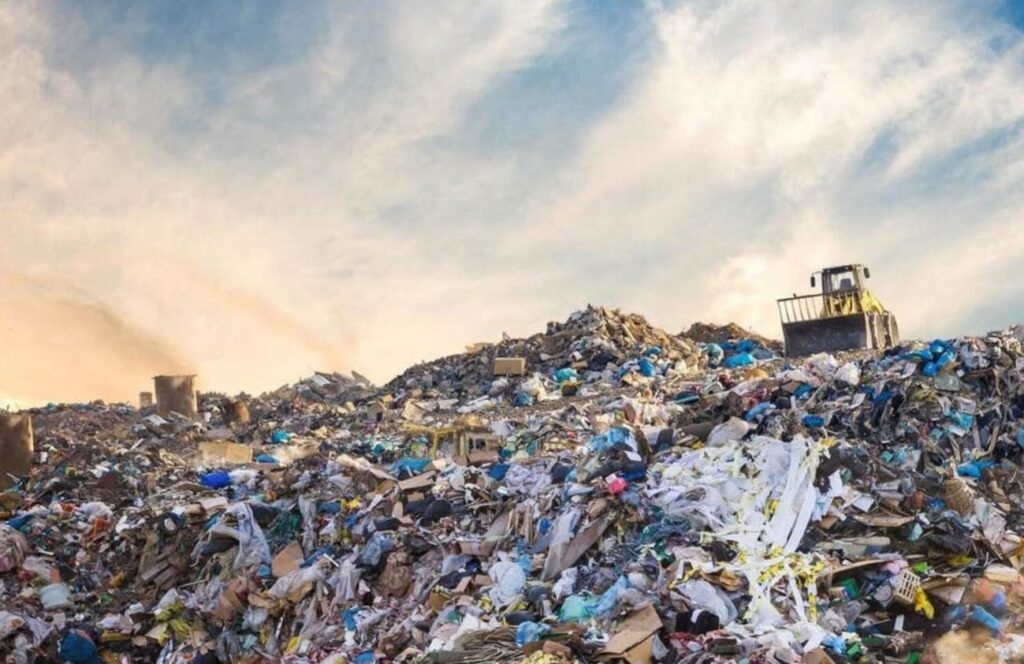Introduction
Today, the fashion industry is considered a major contributor to environmental degradation since it causes pollution in various ways. The production of raw materials for this industry, the manufacturing process, and the disposal of fashion designs pose many challenges that cause various sources of pollution. Environmental problems associated with these effects have been continuously growing and have led to an increase in global warming. The fashion industry contributes to higher global pollution levels by causing low water quality, air pollution, and land degradation.
Water Pollution and Huge Amounts of Wastewater
The continuous growth of the fashion industry leads to more water pollution and wastewater. Each year, this industry consumes about 79 trillion liters of water, and calculated estimations show that it is responsible for 20% of all wastewater from industrial processes (Bailey et al. 2). The use of pesticides and water in the production of raw materials like cotton, the manufacturing process involving using chemicals and dyes, and the washing or ironing of clothes release many chemicals, microfibres, or microplastics that lead to water pollution. While the industrial process for fashion designs requires huge quantities of water and releases a lot of wastewater, most water treatment plants do not remove microfibres and chemicals, causing an increase in water pollution.

Air Pollution and Greenhouse Gases
Another major problem associated with the fashion industry is the production of greenhouse gases that cause air pollution. The fashion industry contributes to approximately 10% of all carbon dioxide emissions across the world, and this number is estimated to be 1.7 billion tons of this greenhouse gas (Centobelli et al. 1). Such gases are produced during the manufacturing process, the transportation of products, and the incineration to dispose of unwanted fashion designs. Therefore, while the fashion industry and the consumption of fashion designs continue to grow, the emission of greenhouse gases is also expected to keep rising.
Land Degradation and Consumer Waste
The disposal of products from the fashion industry leads to land degradation. According to the United Nations Environmental Program (UNEP), textiles of about a truckload are disposed of in a landfill or burned every second (par. 6). This data shows that the fashion industry leads to land degradation because tons of such wastes can be dumped annually, either from used fashion designs, markets, or industries. Moreover, buyers have been found to purchase about 60% more clothes than they normally need and end up using these clothes half the period they would (United Nations par. 6). As a result, they dispose of these clothes so as to buy new ones that match the current fashion trends. Therefore, the fashion industry causes land pollution due to the need to get rid of unwanted or old fashion designs.
Conclusion
While the fashion industry continues to grow, it poses more challenges that lead to low water quality, air pollution, and increased disposal of waste into landfills. This industry contributes to a high amount of wastewater and dumping that causes land degradation. The emissions of greenhouse gases also cause global warming and should be prevented. Therefore, international organizations, such as the UNEP, and governments across the globe should implement more effective measures to detect and minimize the negative impacts of the fashion industry on the environment.
Works Cited
Bailey, Kerrice, et al. “The Environmental Impacts of Fast Fashion on Water Quality: A Systematic Review.” Water, vol. 14, no. 7, Mar. 2022, pp. 1-11, doi:10.3390/w14071073.
Centobelli, Piera, et al. “Slowing the Fast Fashion Industry: An All-Round Perspective.” Current Opinion in Green and Sustainable Chemistry, vol. 38, no. 100684, Aug. 2022, pp. 1-9, doi:10.1016/j.cogsc.2022.100684.
United Nations. “The Environmental Costs of Fast Fashion.” United Nations Environmental Program (UNEP), 2022, www.unep.org/news-and-stories/story/environmental-costs-fast-fashion.


